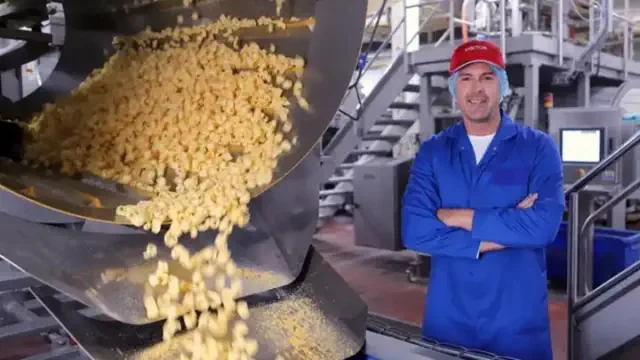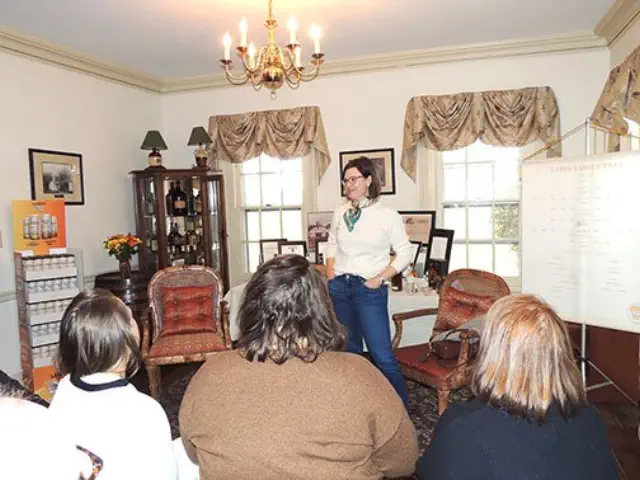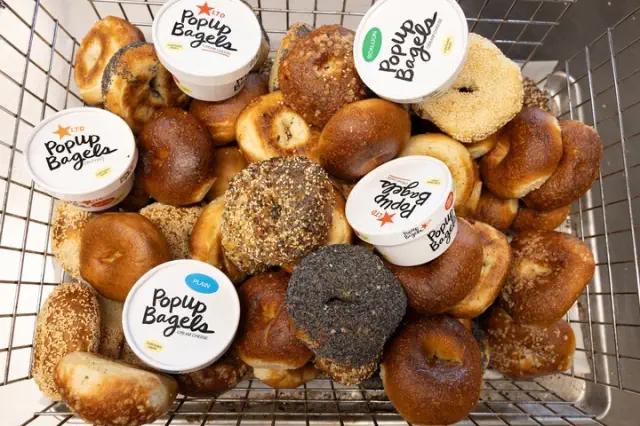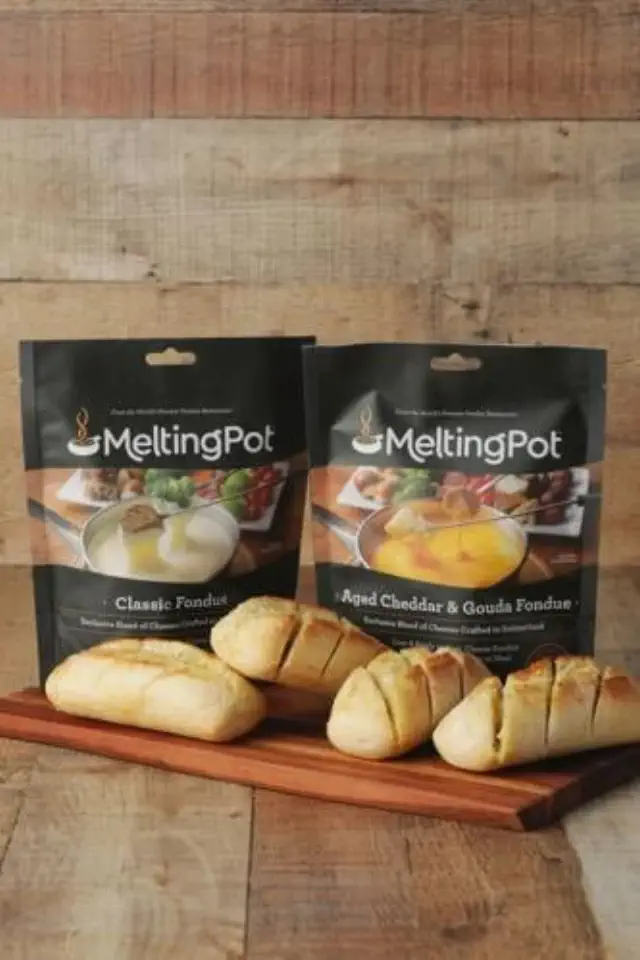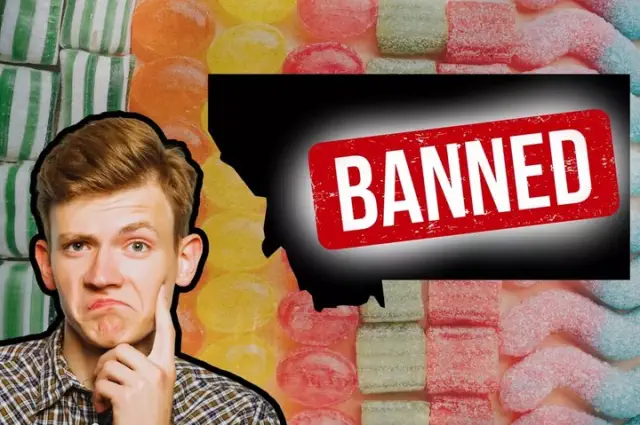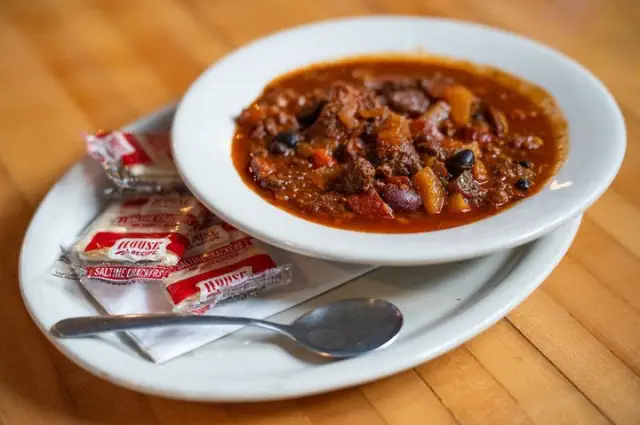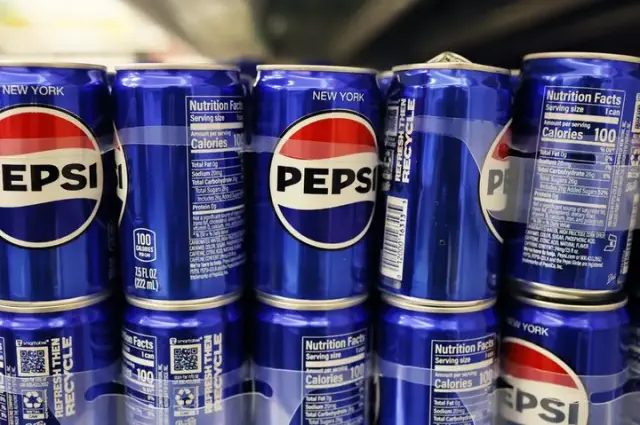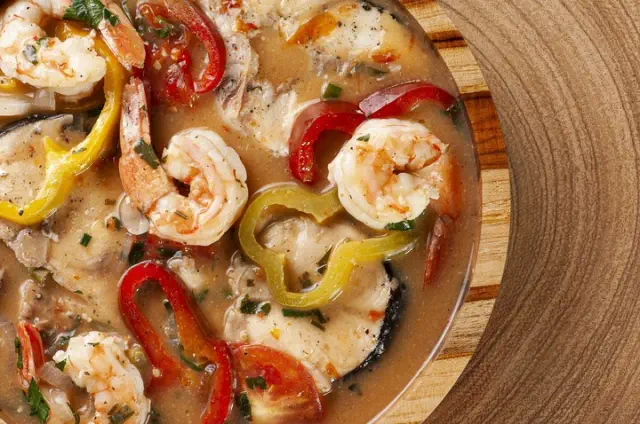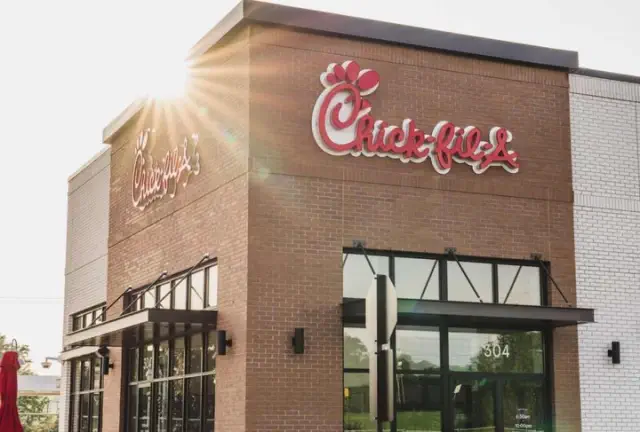Paddy McGuinness delved into the fascinating process behind a factory that produces an astonishing 500 million packs of Quavers cheese curls annually.

View pictures in App save up to 80% data.
At times, not knowing can be a source of happiness—especially for those who have been left utterly 'shocked' upon discovering the actual process behind the making of Quavers.
Earlier this week, the BBC treated us to an inside look into a factory based in Lincoln where comedian Paddy McGuinness explored exactly how they make 500 million packs of Quavers cheese curls every year.
The episode started off with the revelation that the moreish cheese curls aren't even officially classed as crisps as, unlike crisps, Quavers are made from the potato starch powder left behind during the crisp-making process.
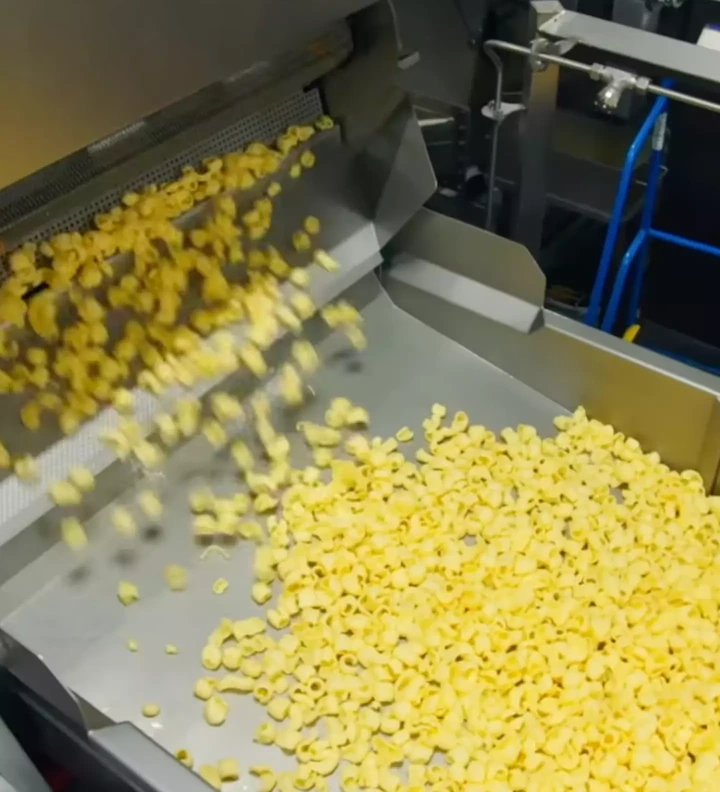
View pictures in App save up to 80% data.
The procedure, which can be quite lengthy and monotonous, begins with a large mixing machine where starch powder is combined with finely ground rice and soy flours.
Next, add a gentle sprinkle of salt, pepper, onion powder, and yeast - but hold off on the cheese flavor for now.
The entire mixture is combined with water to form a dough, which is then subjected to extremely high pressure in an extruder, resulting in a continuous sheet that is one millimeter thick, resembling a lasagna sheet.
But what is the secret behind achieving their iconic Quavers curl?
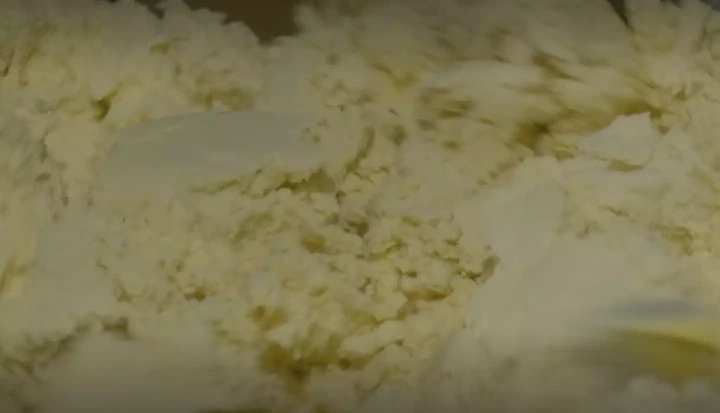
View pictures in App save up to 80% data.
The dough is pulled over rollers to create tension before passing through an 18-meter-long steamer, which raises its moisture content to 40 percent, enhancing its flexibility and stretchiness.
Once rapidly cooled, the continuous dough sheet is fed into a machine that slices it into pellets measuring 13 millimeters by 40 millimeters, producing an impressive output of 7,900 pellets every minute.
But that’s not the end of it.
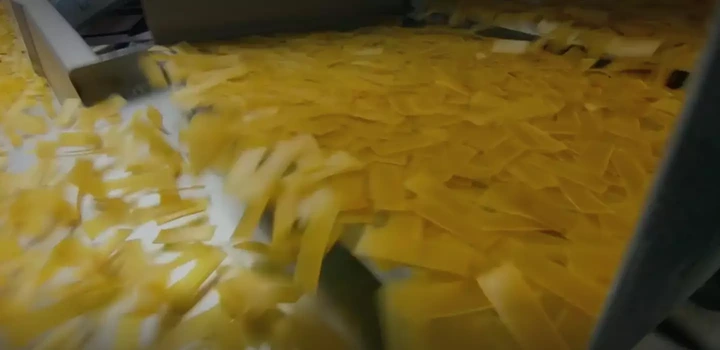
View pictures in App save up to 80% data.
Currently, the pellets have an excessive amount of moisture, so they are processed through a series of dryers to reduce the moisture level to 11 percent.
An astonishing 1.2 metric tonnes of pellets pass through a specialized fryer each hour, where they are submerged in sunflower oil heated to a temperature of 200 degrees Celsius.
The oil's heat causes any leftover water within to vaporize, creating steam that expands and forms small air pockets.
Simultaneously, the stress induced by stretching the dough begins to relax and twist, resulting in 1.8 million flawlessly shaped curls emerging from the fryer each hour after just 20 seconds in the oil.
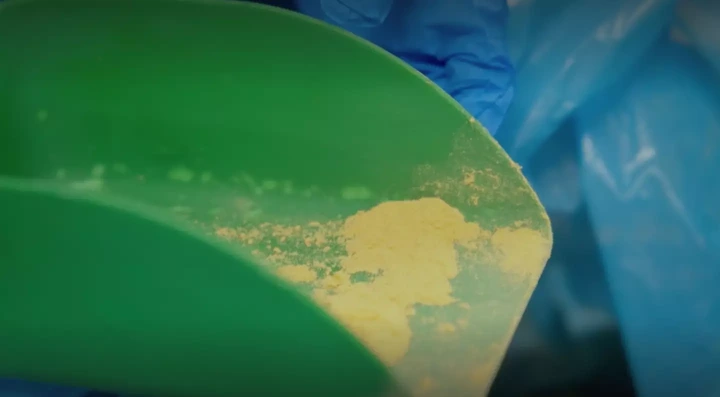
View pictures in App save up to 80% data.
However, the dough is lacking one essential element - the cheesy flavor.
To put that right, each one of the freshly-cooked curls travels through a huge metal drum where a precise amount of cheese powder flavouring is applied and voilà - you finally have yourself a Quaver!
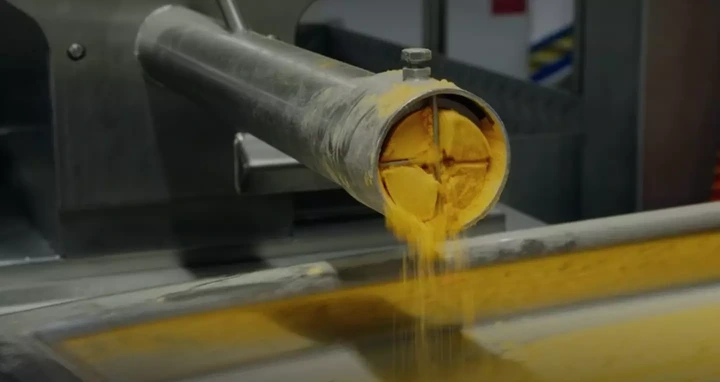
View pictures in App save up to 80% data.
After watching the process, one BBC viewer penned: "#insidethefactory is interesting and horrifying in equal measure. Industrialised production of 'food' ain't pretty."
One individual stated, "Observing the process by which Walkers produces potato starch for Quavers serves as a prime illustration of the nutritional void found in many snack items. This ultra-processed food has contributed to the obesity epidemic we've faced for years."
"#InsideTheFactory should be required viewing to realise what Big Food is up to."
While a third claimed: "Watching Inside the Factory. And the thing that stresses me out is the fact that I know humans are intelligent. But this is where we still are. Why the f**k did anyone create Quavers. The process?!?!"
Another added: "There's a lot of work goes into making the humble Quaver!"
On the other hand, many people were completely indifferent.
"Me: I must start eating less processed food. Also me: I really fancy a bag of Quavers after watching Inside the Factory," joked one X user.
A second take: "Do I really care about how they produce Quavers?"
"Imagine hating Ultra Processed Food. I've just watched Inside the Factory with Paddy McGuinness making Quavers and cheered at my TV at least 4 times," admitted a final person.
Which side of the Quaver do you support?
